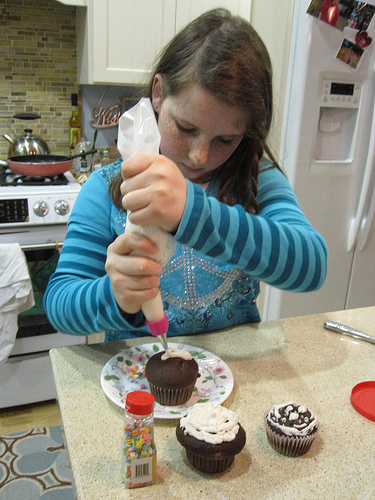Category: Homeschooling
-

Temporary homeschooling tips!
You may not be in a position to become a homeschooler full-time, but here are some tips for ways that you can keep your kids—and you—from going insane in the short term.
-
Need to teach online?
Here are a few pointers from someone who does it every day I got a call this morning from a friend who suddenly needs to teach a hands-on class…remotely. How do you do that? Lots of teachers are asking this question, so I’m going to offer a few simple pointers. The technology is not too…
-
On the radio: The state of education in Santa Cruz and beyond
Interview with Dr. Faris Sabbah Dr. Sabbah, Superintendent of Schools for Santa Cruz County, talks about local challenges and the new charter school law, AB-1505. Click here to listen.
-

Making online interactions real
No matter how great online interactions are, they are made even more meaningful with real-life experiences to share.
-
“What do you have against the public school system?”
It’s the sort of question homeschoolers report receiving in stores, at the Thanksgiving dinner table, while pumping gas… In this case, it was in the hot tub at my health club. He prefaced the question by explaining that public education “was sort of a family business,” with relatives working as teachers and administrators. When he…